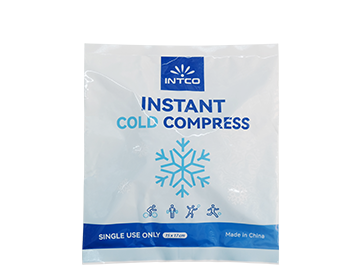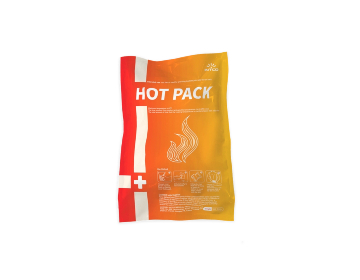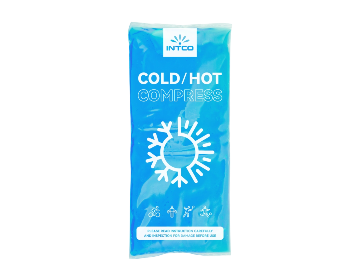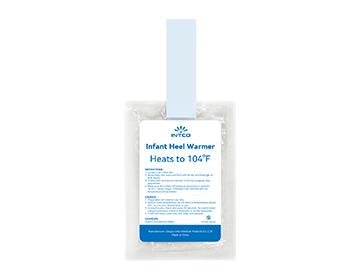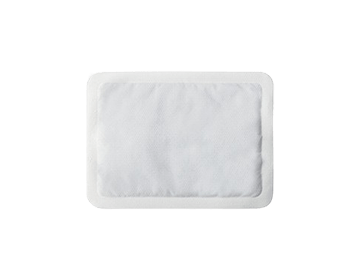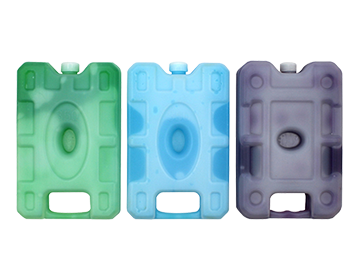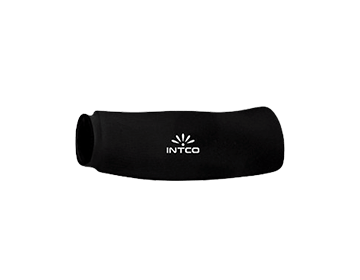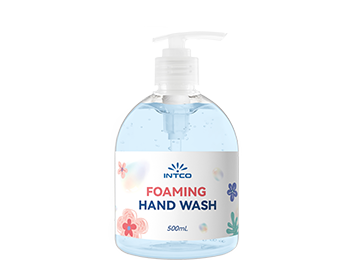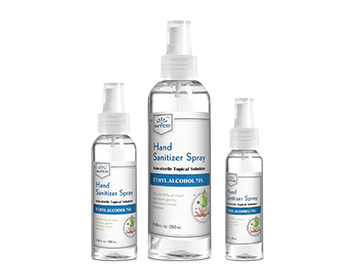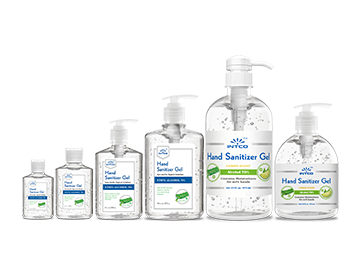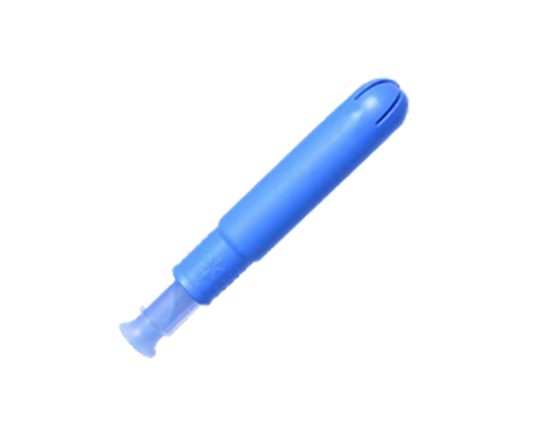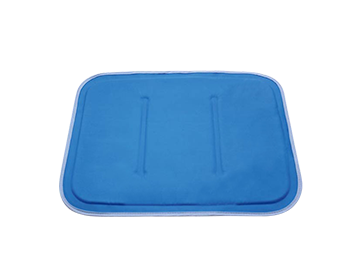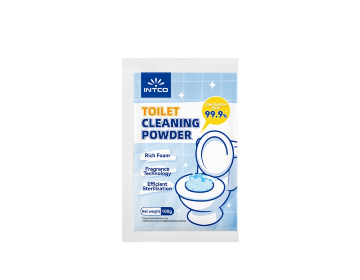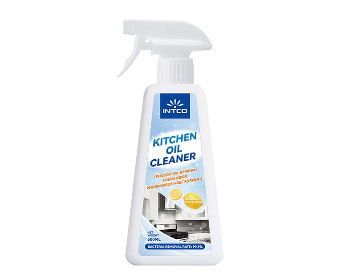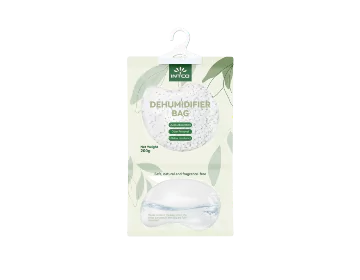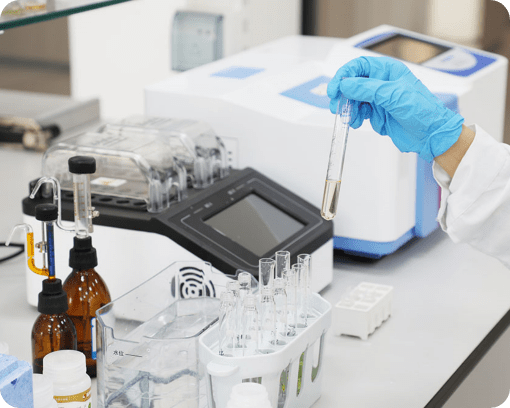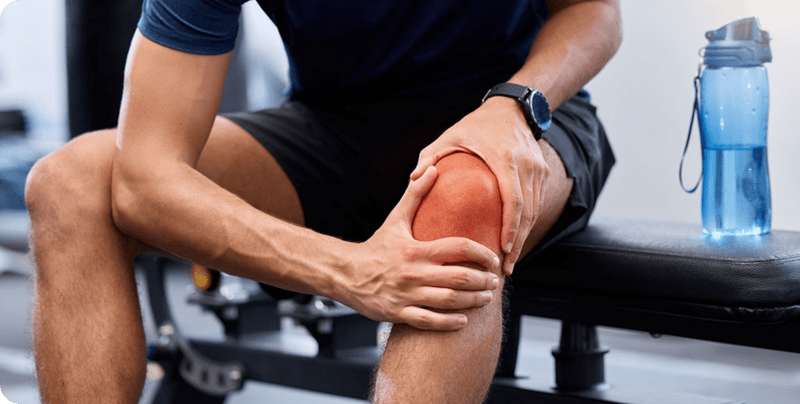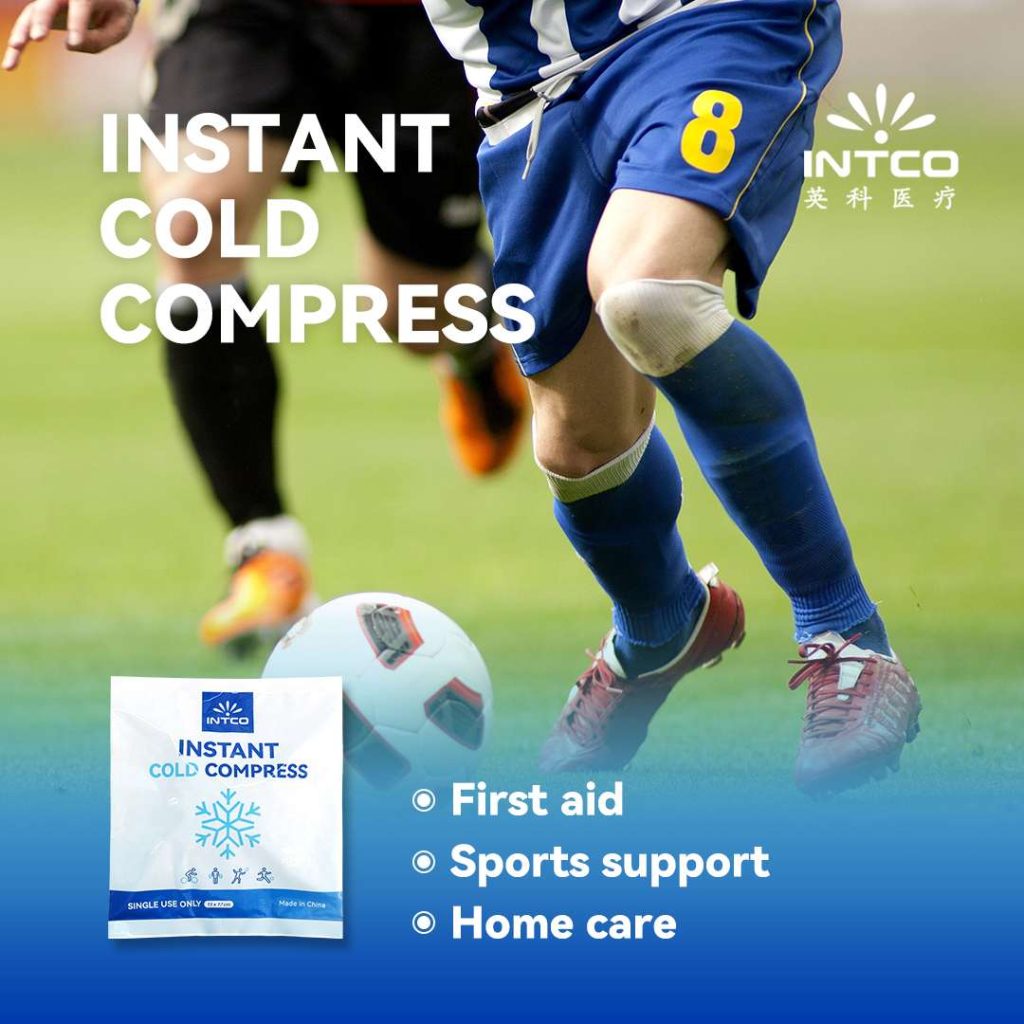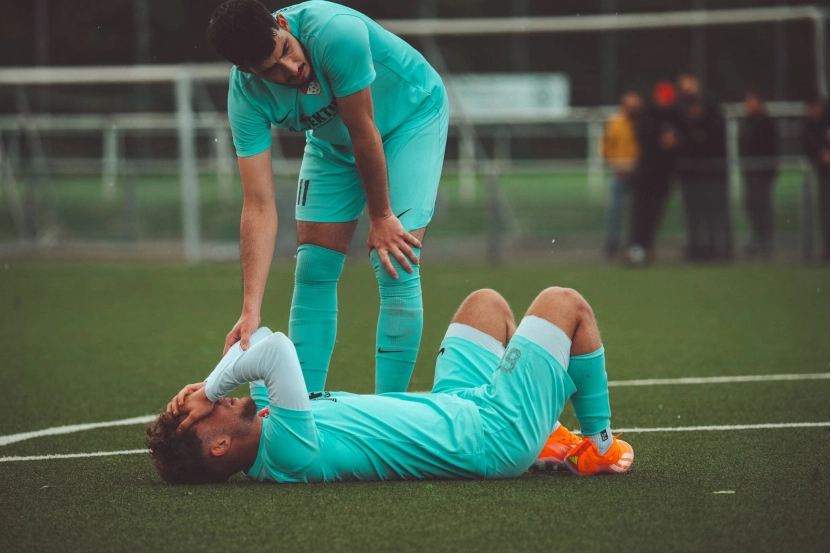When and How to Ice an Injury Using Disposable Instant Cold Packs
Cold therapy is a reliable way to help with athletic injuries. It works for a sprained ankle from soccer or a muscle strain after lifting weights. Applying cold reduces pain and swelling. Disposable instant cold packs give fast and easy comfort. They don’t need ice or a fridge. These packs are great on the field, in gyms, or while traveling. This guide explains what instant cold packs are. It covers how they work. It also tells when to use them and how to apply them safely.
What Are Instant Cold Packs Used to Treat Athletic Injuries?
Key Features of Disposable Instant Cold Packs
Instant cold packs are a type of first aid instant cold pack. You can use them anytime, anywhere. Unlike gel packs that need a freezer, these stay at room temperature until you activate them. Each pack has two parts inside. One part holds water. The other has chemicals like ammonium nitrate or urea. When you squeeze and shake the pack, the chemicals mix. This starts an endothermic reaction. The pack gets cold right away. Because of this, disposable instant cold packs are common in first aid kits. You find them at schools, gyms, and sports events.
These packs help with joint sprains, muscle pulls, bruises, or swelling after a hit. They don’t need a freezer. So, they are perfect for outdoor use or emergencies. Instant cold packs used to ice athletic injuries bring quick comfort. They are easy to carry. Their light and sealed design stops messes. This is important when treating injuries in public or on the go.
How Do Instant Cold Packs Work?
The cooling comes from an instant ice pack chemical reaction. Inside, a water pouch breaks and mixes with a dry chemical. This is usually ammonium nitrate, calcium ammonium nitrate, or urea. An endothermic reaction happens. It takes heat from the area around it. This includes the skin and tissue where you put the pack. The temperature drops fast. Blood vessels near the skin get smaller. This reduces inflammation. It slows swelling. It also numbs pain in the hurt area. This science makes the packs useful for first aid. It stays cold long enough for therapy.
When Should You Use an Instant Cold Pack?
Immediate Post-Injury Applications
Instant cold packs used to treat athletic injuries work best in the first 48 hours. During this time, swelling and pain are strongest. Cold therapy limits the body’s inflammation. This helps healing happen faster. Sprains, strains, bruises, and small fractures get better with early cold treatment. Athletes can keep disposable instant cold packs in gear bags. This gives quick comfort during a game or workout.
Situations Where Cold Therapy Is Most Effective
Cold therapy isn’t just for sports injuries. It helps after surgeries or for ongoing joint pain. Unlike heat therapy, which relaxes tight muscles, cold therapy reduces swelling and inflammation. You need to know when to use each. Cold is best for new injuries or sudden pain. Heat is better for long-term muscle tightness or arthritis. The first aid instant cold pack is flexible. It works in many places—like emergency rooms, classrooms, or home medicine cabinets.
When to Avoid Using Cold Packs
Cold therapy is helpful. But sometimes, you shouldn’t use it. Don’t put instant cold packs on open wounds. Avoid them on areas with poor blood flow. People with diabetes, vascular disease, or Raynaud’s syndrome should talk to a doctor first. Also, think about skin sensitivity. Using the pack on skin too long can cause frostbite or irritation. Always use a cloth or towel between the pack and skin.
Step-by-Step Guide to Using a First Aid Instant Cold Pack
Activating the Cold Pack Safely
Activating a disposable instant cold pack is easy. But you must do it carefully. Find the water pouch inside. Squeeze it firmly until it breaks. Then, shake the pack well. This mixes the contents. It starts the instant ice pack chemical reaction. The pack cools right away. Hold the pack away from your face and body. This prevents issues if it leaks. Leaks are rare. But the chemicals can irritate skin or eyes.
Proper Application Techniques
After activation, wrap the pack in a thin cloth or towel. This protects the skin. Apply it to the injured area for 15 to 20 minutes. If possible, raise the limb or body part. This reduces swelling more. After each use, wait at least one hour before using it again. This lets the skin return to normal temperature. It prevents skin damage from cold.
Post-Use Care and Disposal
Instant cold packs are for one-time use. When the cold wears off, throw the pack away. Follow local disposal rules. Some packs use eco-friendly materials. But keep them away from kids and pets. Since they are disposable instant cold packs, you can’t reuse or reheat them.
How Long Does an Instant Ice Pack Stay Cold?
Factors Affecting Cooling Duration
How long does an instant ice pack stay cold? It depends on a few things. On average, they stay cold for 15 to 30 minutes. The room temperature, pack size, and chemical mix affect this. In hot weather, the pack warms up faster. Bigger packs stay cold longer. They have more chemicals and water.
Maximizing the Cold Therapy Effect
To get the most from cold therapy, use the R.I.C.E. method. This means Rest, Ice, Compression, and Elevation. Rest the injured area. Apply cold with a first aid instant cold pack. Use a compression wrap. Keep the limb raised. This helps healing happen faster. Cold therapy works best with a full injury care plan.
INTCO Medical Instant Cold Pack: Innovation in Injury Care
INTCO Medical makes a top-quality instant cold pack. It meets standards like FDA, CE, and ISO13485. The packs come in sizes from 5×7 inches to 6×9 inches. They fit different needs. They use eco-friendly, DEHP-free materials. This supports health and safety. INTCO Medical offers OEM services. Clients can pick packaging, shape, and color. These features make INTCO Medical packs great for hospitals, schools, and sports teams. They are reliable for cold therapy.
FAQs About Instant Cold Packs
Can instant cold packs be reused?
No, they are for single use only.
Are instant cold packs safe for children?
Yes, but use a fabric layer and limit time.
How quickly do instant cold packs cool down?
They start cooling in five seconds. They reach 0–5°C in about two minutes.
Can instant cold packs replace traditional ice?
Yes, especially where ice or fridges aren’t available.
From the Field to the First Aid Kit
Partner with INTCO Healthcare for Tailored Cold Therapy Solutions. Like picking a custom jersey for the perfect fit, a personalized cold therapy solution improves care. INTCO Healthcare serves over 50 countries. They deliver in 35 to 40 days. From small clinics to big sports programs, customized cold packs meet exact needs.
Get Your Custom Cold Pack Design Now →

